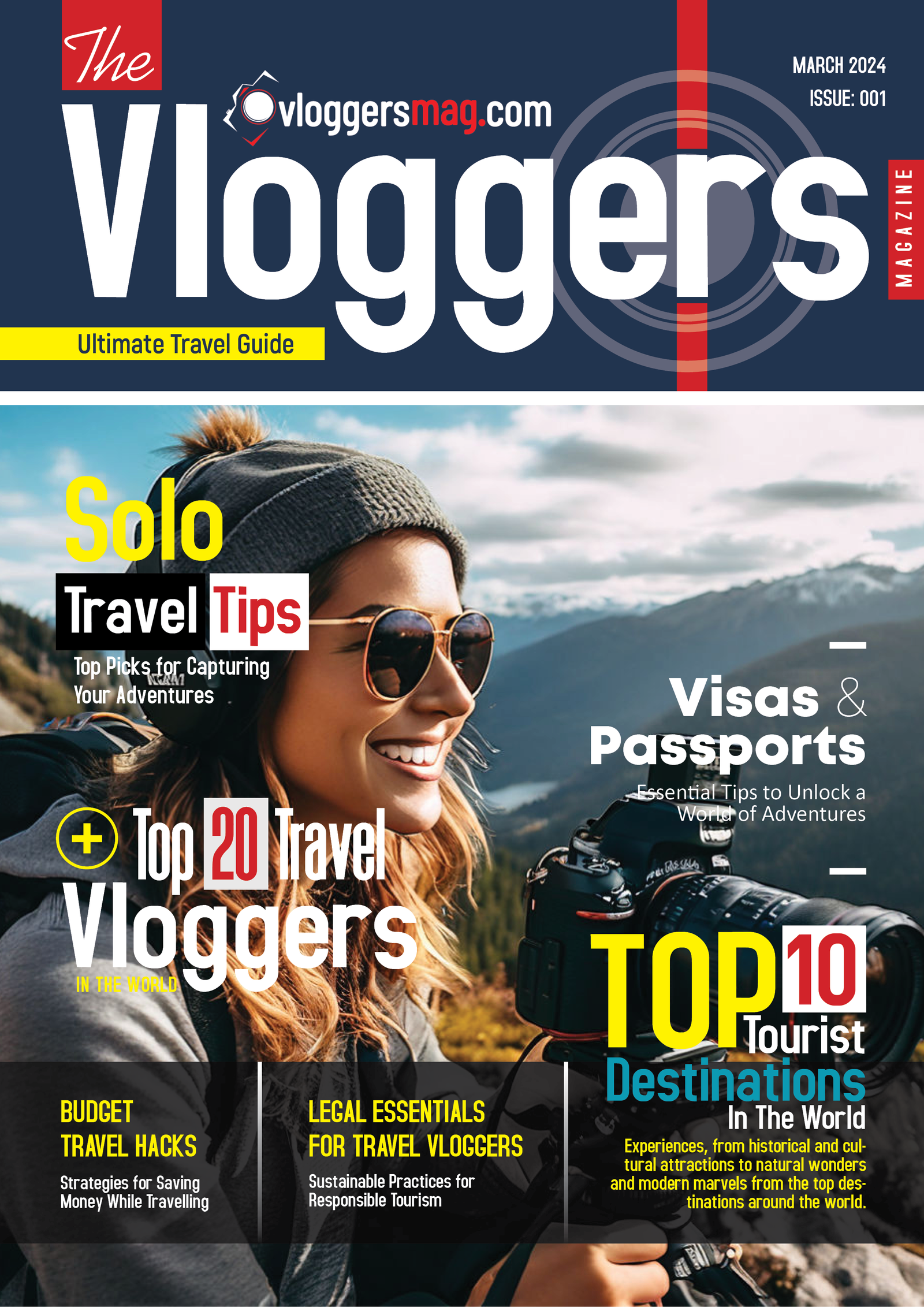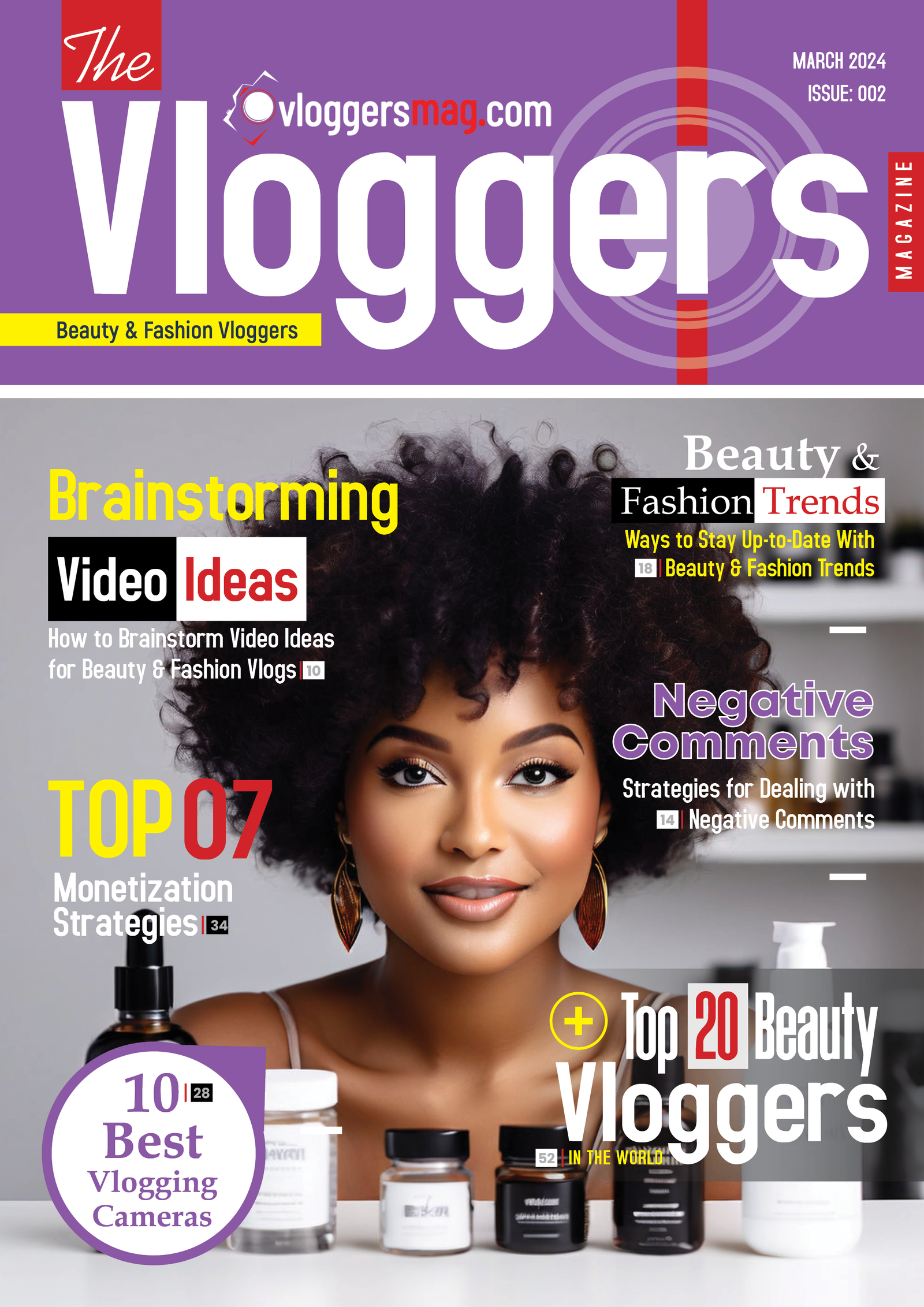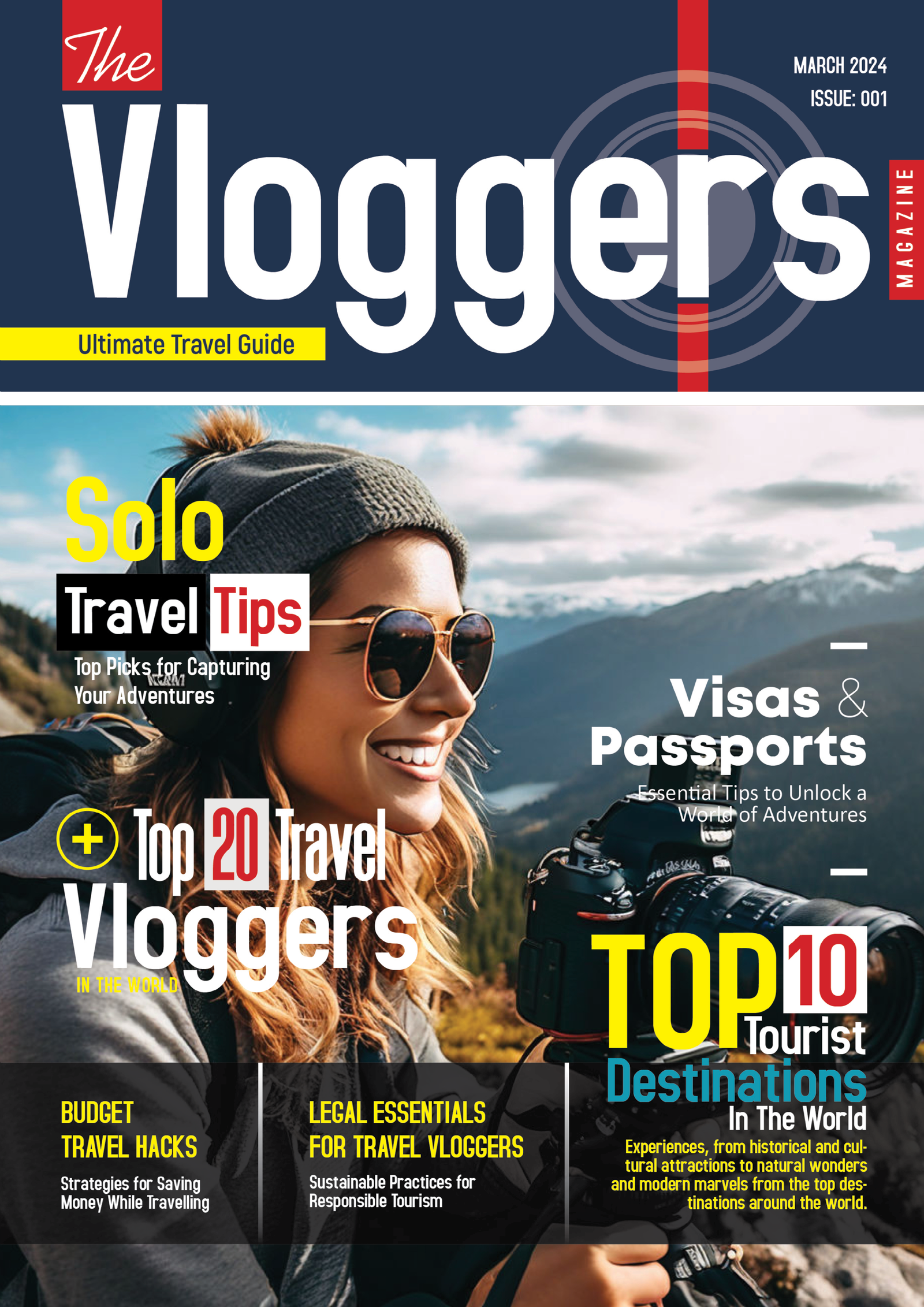Copyright Basics
At its core, copyright law grants creators exclusive rights to their original works, including videos, images, music, and written content. As soon as a work is created and fixed in a tangible form, such as recording a vlog or capturing footage, it is automatically protected by copyright law. This means that anyone who wishes to use, reproduce, or distribute the work must obtain permission from the copyright holder, unless their use falls within the scope of fair use or another exception.
Fair Use Doctrine
The fair use doctrine, codified in the copyright law of many countries including the United States, provides a limited exception to copyright protection for certain uses of copyrighted material without permission from the copyright holder. Fair use allows for the use of copyrighted material for purposes such as criticism, commentary, news reporting, teaching, scholarship, or research, provided that the use is transformative, does not harm the market for the original work, and considers the amount and nature of the copyrighted material used.
Applying Fair Use in Tech Vlogs
Tech vloggers often incorporate copyrighted material into their videos, whether it’s showcasing product demonstrations, using snippets of software interfaces, or featuring background music. Understanding how to navigate fair use principles is crucial for ensuring that vloggers can use copyrighted material in a legal and ethical manner while avoiding potential copyright infringement claims.
Transformativeness:
One of the key factors in determining fair use is the transformative nature of the use. Transformative works add something new or provide a different purpose or meaning from the original, creating something new and distinct. For example, a tech vlogger may use copyrighted software screenshots to provide educational commentary or critique, transforming the original material into a new context.
Amount and Substantiality:
When considering fair use, courts also examine the amount and substantiality of the copyrighted material used in relation to the work as a whole. While there are no strict rules on the amount of material that can be used, using small or insignificant portions of the original work is more likely to be considered fair use than using substantial or central parts of the work.
Market Effect:
Another factor in fair use analysis is the potential market effect of the use on the original work. If the use of copyrighted material in a tech vlog negatively impacts the market for the original work or its potential derivatives, it may weigh against a finding of fair use. For example, using copyrighted music in a vlog without permission could potentially harm the market for the original music or licensed versions.
Best Practices for Tech Vloggers
While fair use provides a valuable exception to copyright law, it’s essential for tech vloggers to exercise caution and diligence when incorporating copyrighted material into their videos. Here are some best practices to ensure compliance with copyright law while maximizing creative freedom:
Obtain Permission:
Whenever possible, seek permission from the copyright holder before using copyrighted material in your vlogs. This may involve obtaining a license, purchasing rights, or securing written consent from the copyright owner.
Use Creative Commons Material:
Utilize Creative Commons-licensed material that allows for certain uses without the need for individual permissions. Websites like Creative Commons and Wikimedia Commons offer a wealth of content that creators can use under specified terms and conditions.
Attribute Sources:
When using third-party content in your vlogs, always provide proper attribution to the original creator or copyright holder. This not only acknowledges the source of the material but also demonstrates respect for the rights of others.
Create Original Content:
Whenever possible, prioritize the creation of original content for your vlogs. By producing your own footage, graphics, and music, you minimize the risk of copyright infringement and showcase your unique voice and creativity.
As tech vloggers continue to captivate audiences with their engaging content, understanding copyright and fair use principles is essential for navigating the legal and ethical considerations of content creation. By grasping the fundamentals of copyright law, applying fair use principles judiciously, and following best practices for incorporating copyrighted material, tech vloggers can protect their work while fostering innovation and creativity in the dynamic world of online content creation. So, vloggers, embrace the power of creativity, respect the rights of creators, and continue sharing your passion for technology with the world—all while staying on the right side of copyright law.






















































































